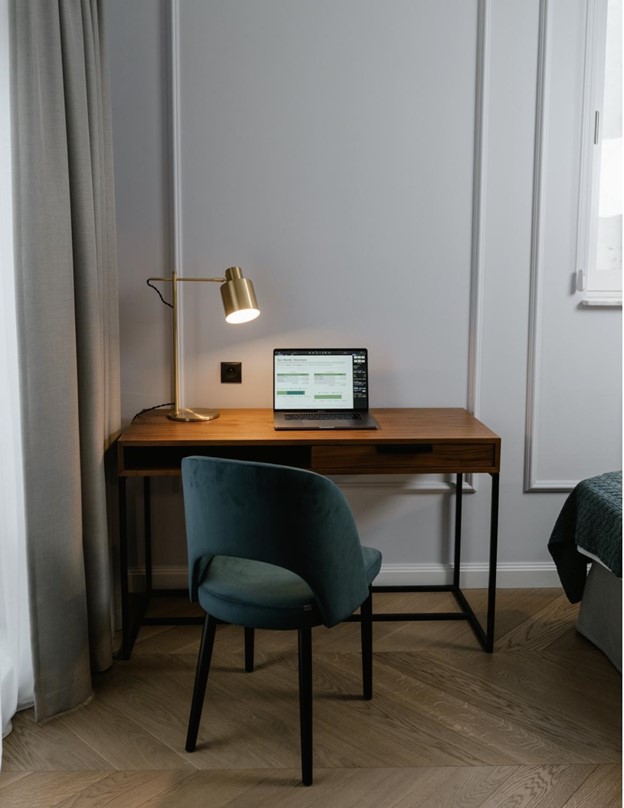Two focuses of my blog are Career Discussions and General Education. Now more so that before, working remotely is a key consideration for both employers and employees. Working remotely is a valuable tool but it comes with its own set of considerations. The following contributed post is entitled, How To Master The Art Of Working Remotely.
* * *
With remote working becoming the ‘new normal’, adapting to this new style of working has never been a more important task. Thankfully, learning how to master the art of remote working doesn’t have to be as difficult as you might initially imagine! In fact, this guide contains some of the most effective steps that you can follow to become a seasoned pro from the comfort of your home office. So, what are you waiting for? Read on to discover more!

Create The Ideal Environment
One of the biggest stumbling blocks that people tend to struggle with while working from home is creating the ideal environment. Making the mistake of trying to work while you lay in bed or lounge on the sofa will no doubt hold you back from achieving your full potential, as you’ll simply be too comfortable, relaxed and chilled out to give any task your full attention. The same thing goes if you’re sitting somewhere too uncomfortable and cold like your dining room table, as you’ll be thinking about how painful your back feels rather than focusing on your work. The ideal environment for a home office is a private room, such as a spare bedroom or even a summer house (insulated shed) that you can repurpose into a dedicated workspace. Taking up a corner of a room will only lead to extreme distraction, especially if you live with other people, so try and find a space that you can fully dedicate to your new office. Choose a good color scheme for your home office, as you’d be surprised at just how much your palette can influence your mood and ability to focus. Make sure you buy a comfortable office chair with arm and head rests, along with a desk that is large enough to house all of your technology and paperwork – a cramped desk is a recipe for disaster, as you’ll be wasting too much time shuffling through your junk to find what you need. Try to allow some natural light into your home office, too. Natural light is better for your body and mind, as it helps to regulate your natural circadian rhythm and encourage more vibrant wakefulness. LED lights usually just cause headaches and migraines, so stick with sunshine whenever you can.
Add Extra Security & Privacy
When you work from home, you don’t have the same security and privacy that you do when you work in a dedicated office. A dedicated office will likely have its own secure internet connection that is monitored and controlled, whereas you’ll simply be using your own Wi-Fi or even a public Wi-Fi connection to access your files and apps while working remotely. You’ll also probably have no security cameras or other forms of physical security at your home as you would in an office, so this can open up a whole variety of risks and dangers that you need to be aware of. Adding extra security and privacy to your setup while you work from home is absolutely essential, as you need to be able to maintain the greatest confidence that your files and network is as safe as can be. Putting your data at risk due to mistakes made while working from home could prove catastrophic for your business, so there’s no time like the present to improve your chances of staying safe. Start by installing a reputable firewall on your computer and any other internet-connected devices, as this will act as a strong barrier that repels different risks that lurk on the web. You can also find some good antivirus software, as well as a computer cleaning program that rids your device of unwanted and potentially dangerous data. Make sure that you use complex passwords, changing them on a regular basis (at least once every 3 months). Always communicate using secure methods, as oftentimes things like email messaging can be corrupted and monitored by external sources. Suggest that your colleagues or staff follow these steps too, as even one weak link could jeopardize your whole network. It’s a good idea to find some resources for SD- Wan explained, as this might be an option you could benefit from.
Mastering the art of working remotely has never been such a simple task when you can utilize some of the brilliant tips and ideas that have been carefully described above. You’ll be able to smash your goals out of the park despite being away from your normal office environment, so follow these steps to become the best remote worker you can be!

